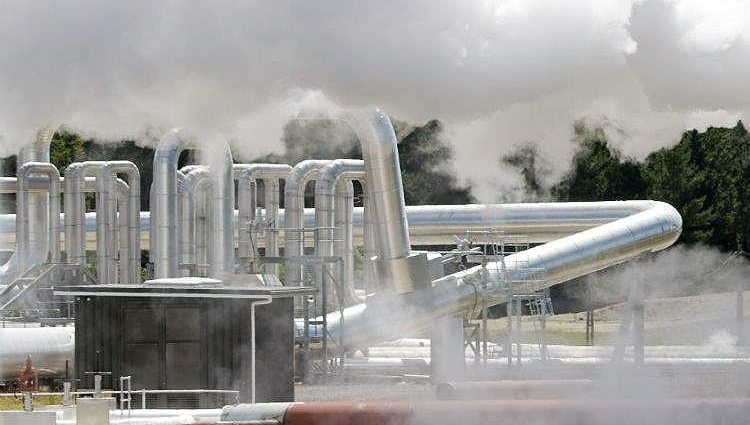Ladakh, the Land of High Passes is set to become India’s first Geothermal Energy destination field after a MoU was signed between the UT administration of Ladakh, LAHDC-Leh and ONGC at the first Development Conclave that aims to outline the long-term developmental plans and investments in the Himalayan region. Lt-Governor RK Mathur described the opportunity as a proud moment for Ladakh and stated that it will eventually bring a step forward for transforming the region as carbon neutral.
But, what is Geothermal Energy?
Geothermal energy is described as a form of natural energy conservation in which heat energy from within the earth’s surface is captured and harnessed for multiple purposes.
About 4.5 billion years ago when earth was formed it resembled the sun as it happened to be extremely hot. Gradually with time, earth’s surface temperature came down drastically, but didn’t freeze. The reason is pretty simple. The core of planet earth comprises minerals such as potassium, thorium and uranium in large quantities that keep on producing heat through radioactive decay ( Disintegration of natural radioactive element inside earth).
Geothermal energy then and now:
The concept of Geothermal energy was in practice since 10,000 years ago. People from the ancient era used geothermal energy from natural pools and hot springs for cooking, bathing and other purposes. By 2015, 80 countries were recorded to indulged into geothermal energy. Among them the leading nations are Germany, France, Iceland, Hungary, Netherlands, United States, Japan, Turkey, Indonesia and China.
Indonesia accords to be world’s largest destination for geothermal potential due to the presence of ‘Ring of Fire’. As geothermal energy is a renewable source, it doesn’t run out. Study suggests that geothermal energy is the fuel for next future-generation and is extensively affordable than other form of fuels.
However, immense excavation of geothermal energy can lead to change in land use, production of foul odour, soil subsidence and sight pollution.
Leh, a geothermal destination:
The Geothermal Field Development Project in Ladakh was sealed after Oil and Natural Gas Corporation conducted a rigorous survey in Puga valley of Leh. Puga is situated in the Easter part of Ladakh and in the Himalayan Geothermal belt. Not all places in earth are geothermal compatible. In order to extract geothermal energy the area needs to high in thermal gradients. And the Puga Valley in Ladakh has hot springs, mud pools, sulphur and borax as geothermal evidence.
The geothermal project in Ladakh is a 1-MW pilot project that will be conducted in collaboration between UT administration and ONGC energy Center. The project will benefit the people of Ladakh as the extracted energy will be distributed for 24*7 power supply.
The project is planned to be executed in three phases. In the first phase, 100 percent free power supply to be given to the people of Ladakh. In the second phase, the ONGC will drill deeper and conduct a lateral exploration of geothermal reservoir and setting up higher capacity demo plants. The third and last phase will emphasise on commercial projects and investments.
Apart from Solar, Wind and Thermal potential, Ladakh is entering into Geothermal energy in order to transform the green valley as carbon free.
Rituparna Dutta

